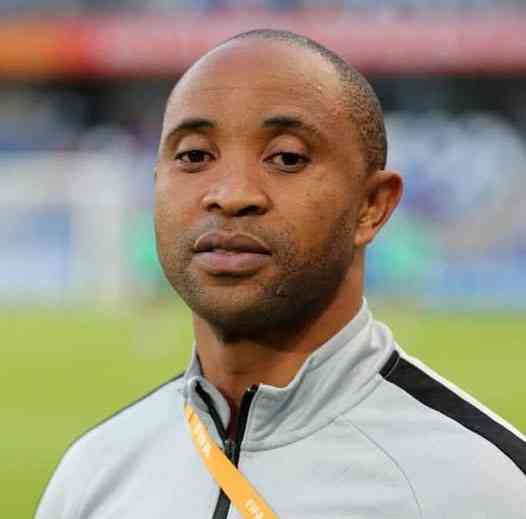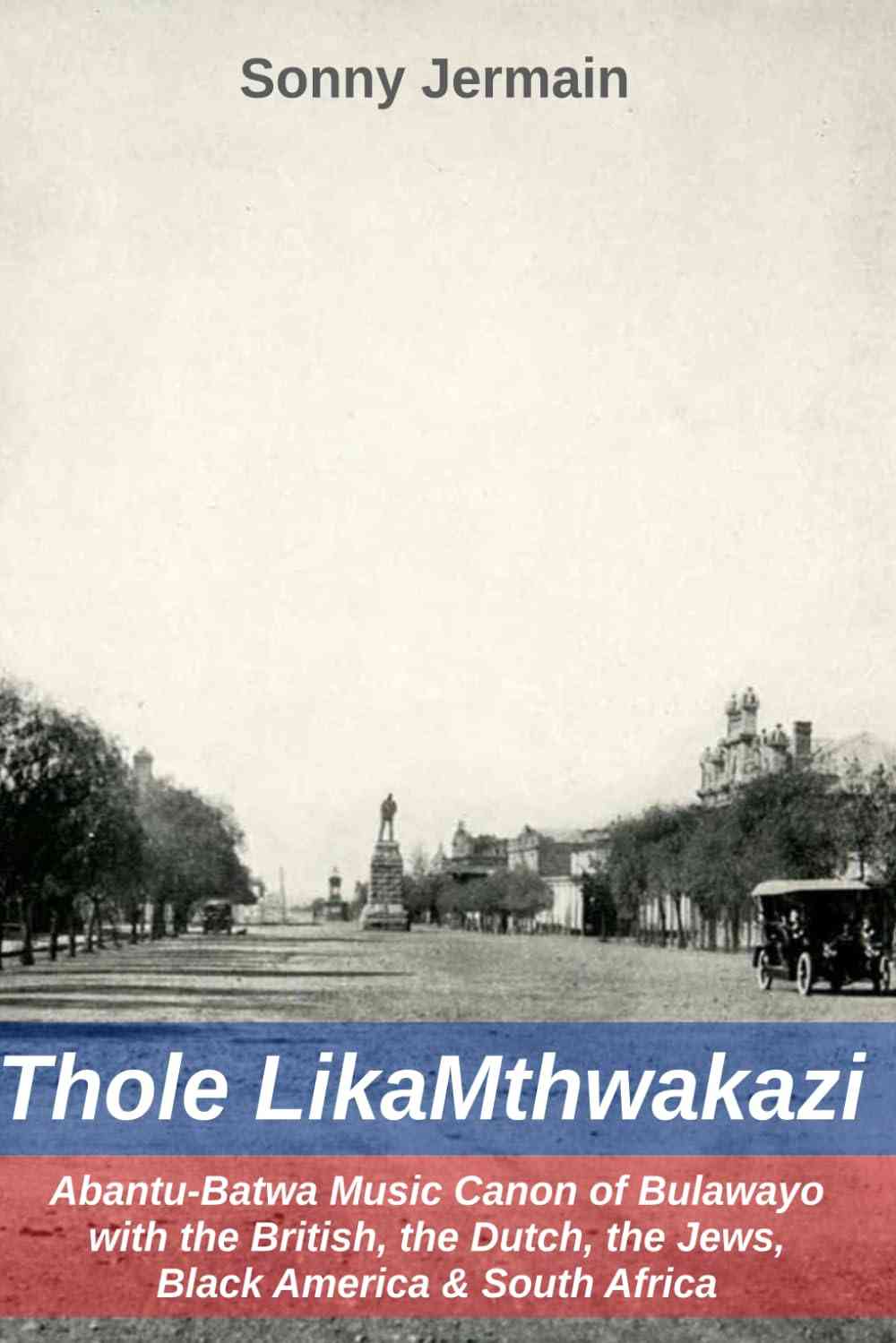
The Bulawayo City Council has completed a sewer and water sanitation rehabilitation project funded through an African Development Bank AfDB US$33,6 million grant.
Council is considering approaching the bank for more funding to expand Bulawayo’s water and sewerage services improvement projects (BWSSIP).
Bulawayo’s sewer and reticulation infrastructure suffers from sewer pipe bursts and leaks having outlived its lifespan.
Latest council minutes indicate that the AfDB grant was used in the rehabilitation of targeted critical components of the city’s water and sewerage infrastructure to improve access to water and sanitation.
The BWSSIP project started in Bulawayo in 2016 and was completed in June this year.
"There was a need for the Project to close out on a positive note with consideration of possibly unlocking further funding from the AfDB as the project was a first of its model in Zimbabwe where the executing agent was granted powers to implement the project in terms of planning, procuring, contract administration and management.
“The project was modelled on the sidelines of skills transfer and empowerment," read the minutes.
"This was a critical moment for the City of Bulawayo to close out the project in a positive note with required human capital who executed the project as project managers but currently most of those critical project managers had left council."
- Renault hands Russian assets to Moscow
- Uproar over census figures
- Byo Arts Festival in turmoil…One year later, festival has yet to pay artists…Organisers play cat and mouse with artists
- Bulawayo struggles to clear housing backlog
Keep Reading
The city fathers said they will hire former project managers, most of whom were its former employees, as consultants.
The former project managers who had left council employment were Vusisizwe Sibanda, Thulani Dube, Michael Ncube and Mercy Ncube.
“It was against this background that the City was requesting the engagement of the above former staff members for the period of the Bank review mission," the council noted.
"The cost of hiring the above members would be borne by council and amounted to $23 627 000 total andc rates as per travelling and subsistence had been used as basis for calculating the fees.”
Bulawayo is emerging as the country’s diarrhoea epicentre due to the ongoing water crisis and collapsing sewer reticulation systems.
In June 2020, a killer diarrhoea outbreak killed 13 residents of Luveve suburb and infected over 2000 other
A road traffic accident that claimed 22 lives along the Bulawayo-Gwanda road last week brought back to the spotlight the poor state of the road network in Matabeleland.
Most of the roads that connect Bulawayo to various districts of Matabeleland such as Tsholotsho, Maphisa and Nkayi are in a sorry state and have become death traps.
The Beitbridge-Bulawayo-Victoria Falls hghway, a major trade route, is neglected.
It was only recently that government started rehabilitating the highway.
In Bulawayo, the council is on record saying 70% of its road network has outlived its lifespan and requires about US$700 million to be rehabilitated.
The government has been making promises to rehabilitate the roads over the years, but they remain neglected.
At some of these roads, equipment is deployed on site towards the elections with officials promising a quick fix.
However, the equipment is soon removed after the elections, raising eyebrows.
Zimbabwe Passenger Association secretary-general Paul Makiwa said transport operators are paying the high cost of neglected roads.
Makiwa said their vehicles are suffering tear and wear as they traverse the corrugated roads ferrying villagers from growth points to deep outlying areas.
Zupco, government’s only licenced mass public transport system, even shuns the outlying areas, leaving villagers at the mercy of the few private transport operators.
“We are witnessing daily road carnage because most of the roads in the region are in a bad state,” Makiwa said.
“We do not have proper bridges and other places are not friendly and usable to the motorists.”
He appealed to government to allocate more funds towards the rehabilitation of roads in the region.
The government launched the Emergency Road Rehabilitation Programme (ERRP) in 2021 after President Emmerson Mnangagwa declared the state of the country’s roads a national disaster.
Under ERRP, the government is targeting to rehabilitate 10 000 kilometres of the road network countrywide but mainly urban and trunk roads, ignoring the neglected gravel roads in rural areas, particularly deep situated areas.
However, there have been reports of some construction companies being forced to abandon road rehabilitation works over payment delays.
Despite launching ERRP, major routes in Matabeleland are in a bad shape, said transport operator Matthew Sibanda.
“We pay a lot of money for our public transport in terms of tax, insurance and at tollgates hoping that the money would be channelled towards the maintenance of the roads but this is not the case,” Sibanda said.
“What is painful is that the fees keep on rising every now and then but we do not see our value for money in terms of service delivery.”
Tsholotsho Rural District Council (RDC) chief executive Nkululeko Sibanda said funds for roads maintenance and formation from the Zimbabwe National Road Administration (Zinara) were not enough.
“We do get allocation from Zinara for council roads, but the disbursements are erratic and not enough,” Sibanda said.
Nkayi RDC chief executive Silibele Mpofu said the council was now using its own resources to try and fix the roads.
“In our case we have acquired a tipper truck and water bowser, which we will use to repair the roads,” Mpofu said.
“We will try and outsource only the equipment that we do not have.”
In Nkayi, roads linking Nkayi centre and other outlying areas are in bad condition.
Last year, Transport and Infrastructural Development minister Felix Mhona revealed that an estimated 35 km of the constructed Bulawayo-Nkayi road has outlived its design lifespan by two decades.
Construction of the road began in 1996, three years after the completion of feasibility studies.
Critics argue the government has never been serious in ensuring the completion of the project citing the painfully slow pace of road construction works.
Zinara chief executive Nkosinathi Ncube admitted that the road network in the region was in a poor state.
"I have been to Nkayi road and that road is terrible,” Ncube said.
“However, if the councils can use their own available equipment or resources to fix these roads, say they go to the government maybe to ask for money for their grader that would be better because that is the essence of devolution.”rring diarrhoea outbreaks.










